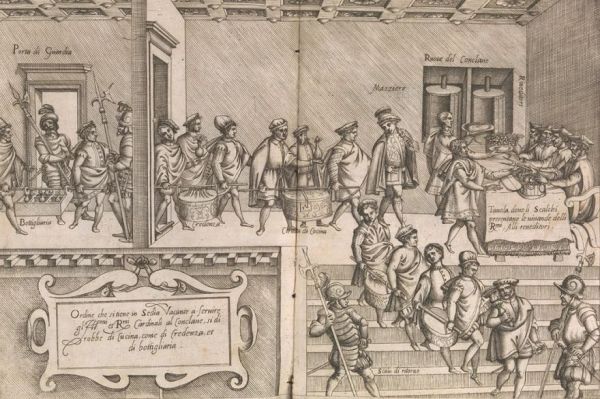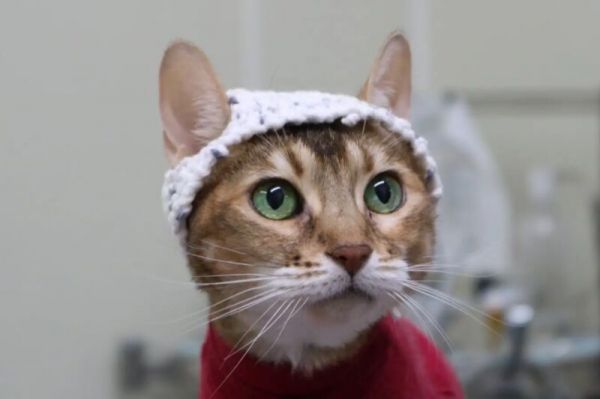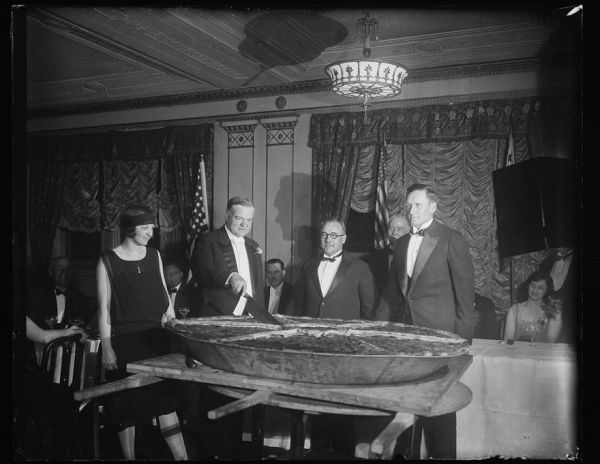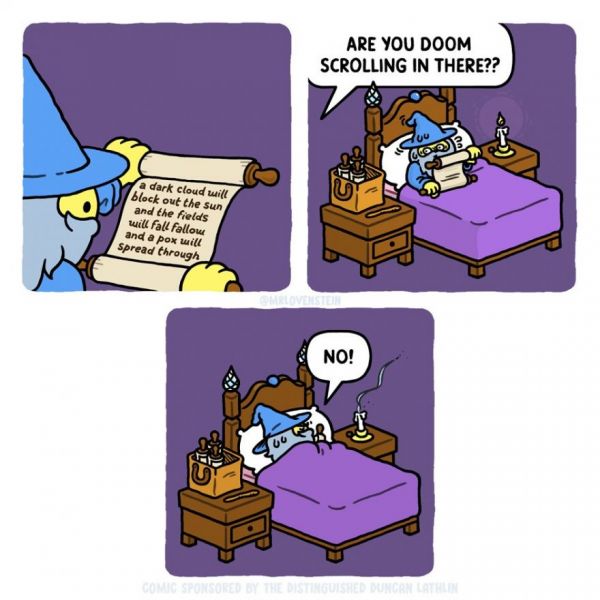
Minne, if I understand it correctly, is something like a Japanese version of Etsy. It is definitely a massive online purveyor of handcrafts, such as this lovely handbag made to resemble a gyoza--a steamed dumpling.
It's most inedible at the moment. But since the body is leather, one could slice it up to create smaller, bite-sized gyoza.










